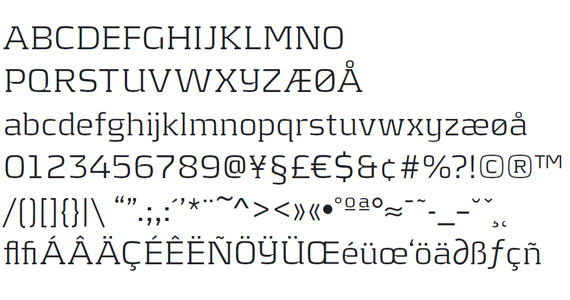Optical Beta Font Download
Unite, fight, research! • Chinese branch of tanks! Download game perang tank gratis untuk pc.
Marvin Visions is a modern and consistent reinterpretation of, a typeface originally designed by Michael Chave in 1969 and published. It has been revived and expanded by for the identity of, a new science fiction magazine.
Jul 8, 2015 - SIL Fonts for downloading. The SIL Unicode IPA beta font was a Unicode-encoded font for Linux®. Does graphite enable optical margins? This techno-glyph typeface is based on the lettering of the 'Colony Wars' series of games. Includes full alphabet, extended characters, euro. Includes italic and condensed versions.
When everyone is looking for the next workhorse, Marvin Visions does one thing well: it stands out. Like the original, it’s uppercase only. Unlike the original, this new design wants to be more sturdy and versatile with a total of ten weights across two families: Marvin Visions Big for display use, and Marvin Visions Small for short text. It sports diacritics for most European languages and supports Cyrillic. It has been enhanced with a number of symbols, including arrows and an ‘at sign’, on top of a completely redrawn figure set. You can see it in action throughout this page and in the.
Book cover using the original Marvin from the of via. Marvin gets its distinctive voice not only from its Art Nouveau vibe but also from its almost geometrically perfect construction. Its roundness and familiarity with Bauhaus typefaces shows its roots in geometric sans serifs at the same time. Typefaces inspired by the Art Nouveau lettering are usually built with a brush stroke — a handmade feel that could transport you to Paris. The original Marvin doesn’t care much for brush strokes. It’s built like a tank with fat stems, little to no optical correction and a C that’s simply half of the letter O.
Marvin doesn’t have the time to dilly‑dally. The C is just half of the O.
I only managed to find a handful of examples in use but the uses the Lubalin-esque tight-not-touching style. Maybe to support that trend, Marvin had generally narrow, plump, letters – a structural decision that can help to reduce the white space between the shapes. By going away from Roman proportions and with the limitations of a seemingly modular typeface constantly re-using bits of itself to build itself, Marvin had a few letters that felt awkward. Whether it’s because of the rigidity of the construction or not, letters like P, R, C, K, Y were much narrower than the rest, producing an uneven rythm within words.
After closer inspection, the curve on the A and V (which looks like it’s simply been flipped) leans in, flattening the shape as it curves. Creating more white space above the curve felt inconsitent with the intent of use with tight spacing.

Orginal R & P compared to H These details (or flaws) could be part of what made Marvin and its charm, but I thought the design could benefit from a fresh perspective. I wanted to solve the problems I could see at a glance: how to bring Marvin’s character to the modern world?
How would it work online? At different sizes? How would it work with different languages, diacritics, etc.? How can I make it sturdy and versatile? Redesigning Marvin With a specimen provided by in hand, I started by following the shapes closely and drew what I saw. If you know a little about type design, you know that it’s often recommended to start drawing H and O first. They’re not the most exciting to design but they inform the vertical, horizontal and round strokes throughout the typeface.
Moreover, this is where you’re likely to start when spacing the font. I knew a decent amount about typography, but not a lot about type design so I started with the letter that fascinated me the most: the A. The first things that Marvin shows you – and they’re in the name – are its A, N and V.
